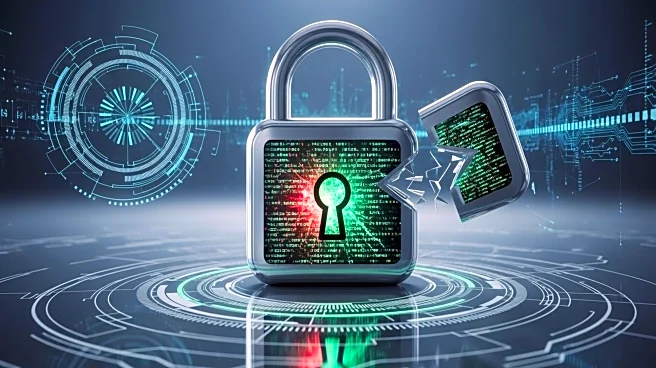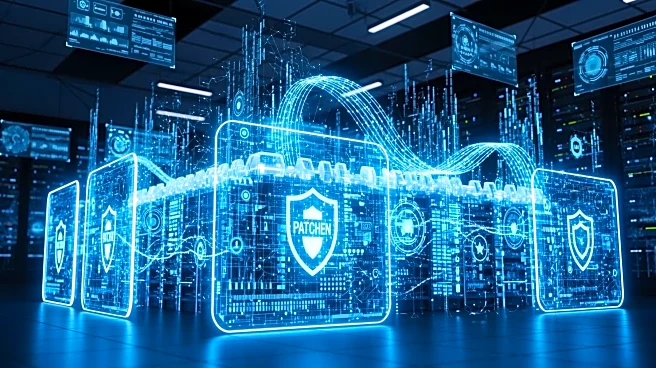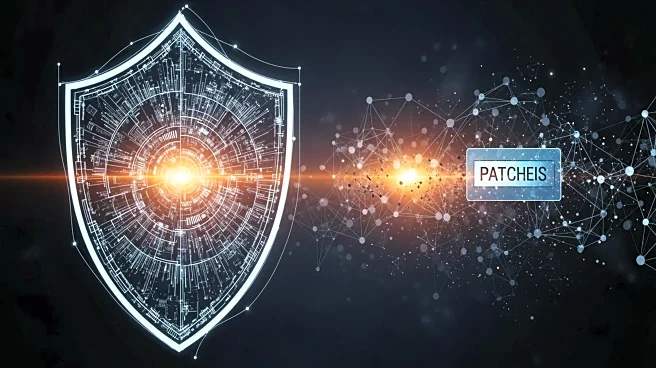What's Happening?
North Korean threat actors, identified as UNC5342, are utilizing a novel technique called 'EtherHiding' to deliver malware and facilitate cryptocurrency theft. This method involves using cryptocurrency blockchains to host malicious payloads, making detection
and removal more challenging. According to a report by Google Threat Intelligence Group (GTIG), this is the first instance of a nation-state actor employing this technique. The group has been observed compromising WordPress websites to distribute infostealers to unsuspecting visitors. This development highlights the evolving tactics of North Korean cyber actors, who are known for engaging in both cyberespionage and cybercriminal activities to fund their regime.
Why It's Important?
The use of blockchain technology for malware delivery represents a significant evolution in cyber threats, posing a challenge to cybersecurity defenses worldwide. For the U.S., which is a primary target for such attacks, this development underscores the need for enhanced cybersecurity measures. The ability of North Korean actors to exploit blockchain for malicious purposes could lead to increased financial losses and data breaches for U.S. companies and individuals. This tactic also complicates efforts to trace and mitigate cyber threats, as blockchain's decentralized nature makes it difficult to shut down malicious nodes. The broader implications include potential disruptions in industries reliant on blockchain technology, such as finance and technology.
What's Next?
In response to these developments, cybersecurity experts and organizations are likely to intensify their efforts to detect and counteract such sophisticated cyber threats. This may involve developing new tools and strategies to monitor blockchain networks for malicious activity. Additionally, there could be increased collaboration between government agencies and private sector companies to share intelligence and resources. As North Korean cyber actors continue to refine their techniques, ongoing vigilance and adaptation will be crucial to safeguarding digital assets and infrastructure.
Beyond the Headlines
The use of blockchain for cybercriminal activities raises ethical and legal questions about the regulation and security of decentralized technologies. As blockchain becomes more integrated into various sectors, ensuring its security will be paramount. This situation also highlights the need for international cooperation in addressing cyber threats that transcend national borders. The potential for blockchain to be used for both legitimate and malicious purposes underscores the dual-edged nature of technological advancements.













